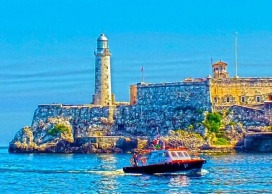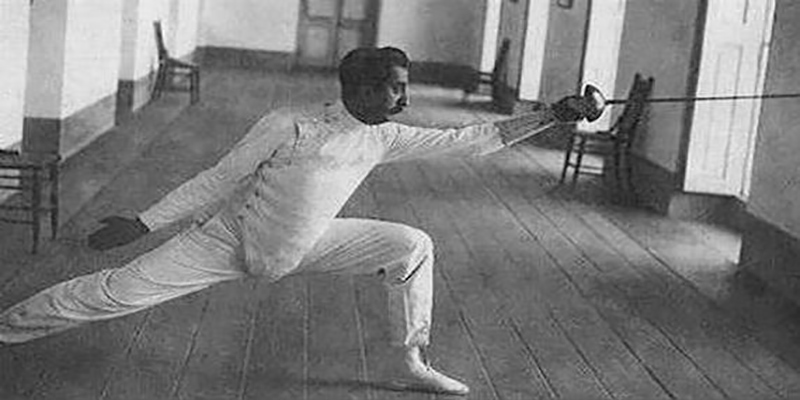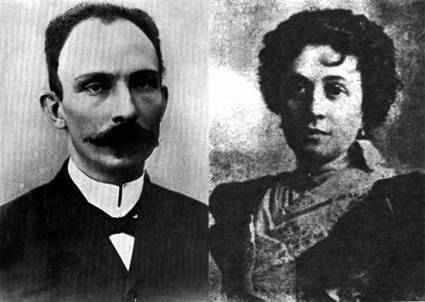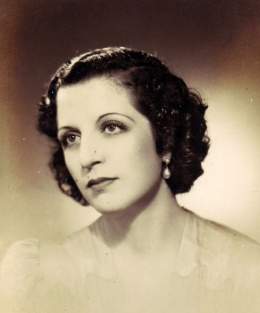
Havana ephemeris. August 31.
1883. Ramón Fonst Segundo is born in Havana.

He was the first Cuban athlete to win gold medals at an Olympics. He was then 17 years old and won the overall victory in the épée contest in the second edition of the modern era of the Olympic Games, held in 1900 in Paris, the capital of France.
In 1904 he also attended the third Olympiad held in St. Louis, United States, and on that occasion he won five gold medals in foil, baton and épée, all individual, and in team foil and saber. He set a record of 24 consecutive rounds without being touched by his opponents.
In 1926 he competed in the first Central American and Caribbean Games, in Mexico, where he won three gold medals, and in 1930 in Havana he won in foil and épée.
He turned out to be a natural sportsman, of great physique and strong will, full agility and precise calculation. He also won more than 30 trophies in pistol and revolver shooting, French boxing and cycling.
He died in Havana on September 10, 1959, when he was 76 years old.
1878. José Martí arrives in Havana from Guatemala accompanied by his wife Carmen Zayas Bazán, who was pregnant. In Guatemala he had been from April 1877 to mid-August 1878.

Several months later, his son was born in the Cuban capital, whom they identified as José Francisco. This happened on November 22, 1878.
Martí lived and worked in Havana until September 1879 when he was arrested for carrying out conspiratorial activities in favor of Cuban independence.
He was then deported back to Spain.
1910. María Luisa Lafita de Juan is born in Madrid, Spain.

She was the daughter of the Spanish engineer Gustavo Lafita and Angelina de Juan. When she was two years old, her parents arrived in Cuba.
She initially studied at a school in the city of Cienfuegos.
Years later she graduated as a piano and music teacher at the Hubert de Blanck Conservatory in Havana. She was a music teacher in a school and after the Machado dictatorship was overthrown in 1933, she was appointed supervisor of the Marianao Normal School of Kindergarten.
Later she decided to leave for Spain and when the civil war broke out she joined the Fifth Regiment as a nurse and attended to the combatants who fought in defense of the Republic.
In 1939 she was able to return to Cuba. Reactionary elements linked to Fulgencio Batista prevented her from being able to work as a piano teacher in educational institutions and so she had to take private lessons.
As of 1944, she is able to work as a music teacher at Escuela Superior No.14, in Havana.
After Fulgencio Batista's coup d'état took place on March 10, 1952, she made clear her condemnation of the dictatorial regime imposed on the country and began to collaborate with members of the University Student Directory.
After the assault on the Presidential Palace in 1957, she joined the Revolutionary Directorate and maintained her determination to fight the Batista dictatorship.
After taking place in Cuba in 1959 the triumph of the Revolution began to give its contribution to the development of various tasks. She was a member of the National Revolutionary Militias, she served as a professor of Art History at the School of Pedagogy and was also a History activist at the university's Department of Revolutionary Orientation.
For her work she was awarded various decorations, distinctions and recognitions.
She had a long and fruitful life since she passed away on December 22, 2004 in Havana when she was 93 years old.